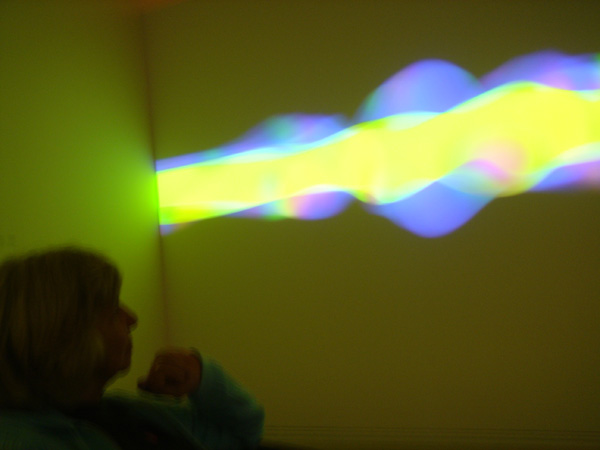
Yesterday we saw a good show by video installation artist Jennifer Steinkamp at the museum downtown in San Jose.

I read a review of Greil Marcus, The Shape of Things To Come, in the NY Times Book Review section yesterday, containing a good quote about analog vs. digital computation in the context of Otis Spann improvising a blues song about M. L. King’s assassination. [My italics.]
“The piano strikes back at the verse as if every word it holds is a lie, because if words cannot tell the whole truth, words like, and words can never tell the whole truth, only sound can do that, sound that is not made by men and women but by Nature’s God, sound that is not made but found.”

We also stopped by the cute monthly Fiddler’s Jamboree, sponsored by the Santa Clara Valley Fiddlers’ Association.
I just finished reading David Leavitt, Man Who Knew Too Much (W. W. Norton, 2006). This is a short biography of Alan Turing (1912 – 1954) in the same Norton series that published that book by David Foster Wallace on Georg Cantor, but never mind about that. Leavitt’s book seemed a little weak in spots, but it reads well, and I wanted to read about Turing this week and couldn’t immediately get hold of the longer and canonical bio, Alan Turing: The Enigma by Alan Hodges. (That is, it was sitting on my office bookshelf but I was temporarily unable to see it, knowing that it is so long and in such small print). Leavitt's book is better for a quick overview.

A lot of interesting facts in Leavitt’s book. Not only Turing but Kurt Godel were inordinately fond of the Disney cartoon Snow White and the Seven Dwarfs (1938). Turing is believed to have committed suicide by biting an apple that he’d painted with cyanide, and was found dead in his bed on June 8, 1954. Turing was said to have enjoyed the scene where the Wicked Queen dips the apple in her poisonous brew and he even memorized her song and chanted it after seeing the movie:
“Dip the apple in the brew, / Let the sleeping death seep through. / [A skull icon appears in the skin.] A symbol of what lies within. / Now turn red to tempt Snow White, / To make her hunger for a bite. / When she breaks the tender peel, / To taste the apple from my hand, / Her breath will still, her blood congeal, / Then I’ll be the fairest in the land!”
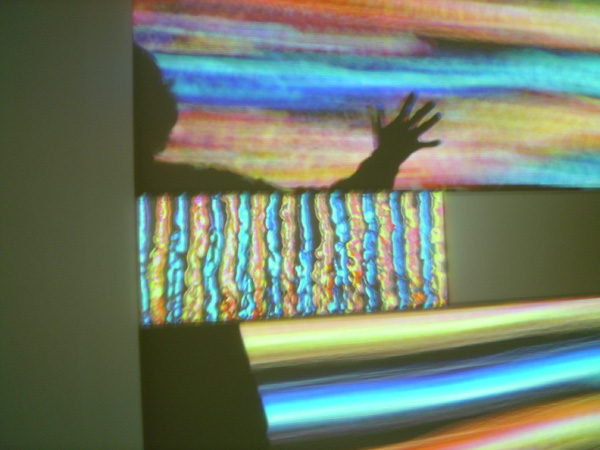
One interesting thing about Leavitt’s book is that he places a lot of emphasis on Turing’s homosexuality, and dares to hint — with, unfortunately, no corroboration — that Turing may have been murdered by the British secret service: “…none of Turing’s friends ever seems to have considered, at least in writing, a third possibility (one, admittedly, for which there is no evidence, at present anyway): namely, that the suicide was staged; that the man … had become — like the hero of Alfred Hitchcock’s 1934 film — a man who knew too much.”
This said, it really does seem possible that Turing killed himself. Like the other logicians Godel and Cantor, he seems to have been somewhat nuts. Funny how many logicians are crazy and irrational. A paradox.
I'd always thought that what may have put Turing over the edge was the estrogen treatments he was sentenced to after telling the police about a gay sex encounter he’d had. But actually the mandatory estrogen treatment ended a year before Turing killed himself. Turing never saw anything wrong with homosexuality by the way; in the terms of his famed “Imitation Game,” there really was no difference between the sexes. Anyone can emulate anyone else.

In his last days, while working with a therapist, he began writing a short story about a man picking up a younger man for sex while doing his Christmas shopping. For me, as an SF writer, the exciting part is that in this transreal tale, Turing describes “himself” as Alec Pryce, a scientist interested in interplanetary travel! Here’s a link to images of these pages in the Turing Archive; note that to access these pages you have to click through a screen accepting the terms of use.
“Alec had been working rather hard two or three weeks before. It was about interplanetary travel. Alec had always been rather keen on such crackpot problems, but although he rather liked to let himself go rather wildly by appearing on the Third Programme when he got the chance, when he wrote for technically trained readers his work was quite sound, or had been when he was younger. This latest paper was real good stuff, better than he’d done since his mid twenties when he had introduced the idea which is now commonly know as ‘Pryce’s buoy.’ He always felt a glow of pride when the phrase was said.”
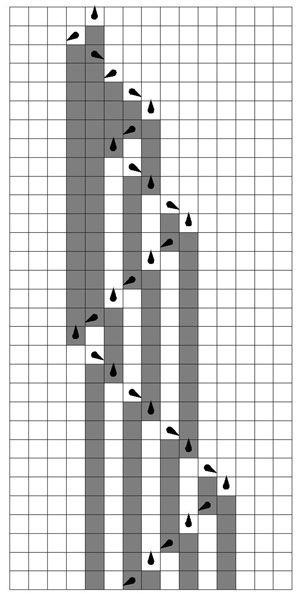
Pryce’s buoy is an objective correlative for the Turing machine, and the pun on “boy” is deliberate, as Turing goes on to make clear in his unfinished tale. What might Pryce’s buoy be? I’m thinking of the space end of a space elevator.
Another fascinating tidbit from Leavitt’s book. In his last days, Turing wrote his logician friend Robin Gandy a series of four postcards, the last three on March 8, 10, and 13 of 1954. The first card is missing. The cards were inspired by Arthur Stanley Eddington’s Fundamental Theory, which the two men were reading. Images of these cards are online at the Turing Archive as well, and the images are Copyright (c) P.N. Furbank. I’m going to take the liberty of reproducing them here (at slightly reduced size), although if the King’s College guys object I’ll take them down.
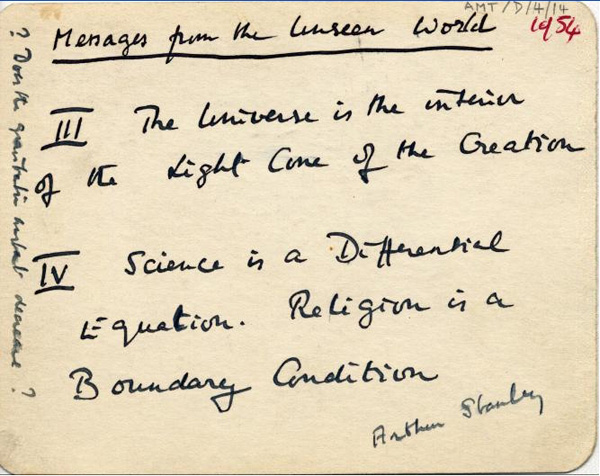
Messages from the Unseen World
III The Universe is the interior of a Light Cone of the Creation
IV Science is a Differential Equation.
Religion is a Boundary Condition
[Signed “Arthur Stanley” and with a post script “? Does the gravitation constant decrease?”]
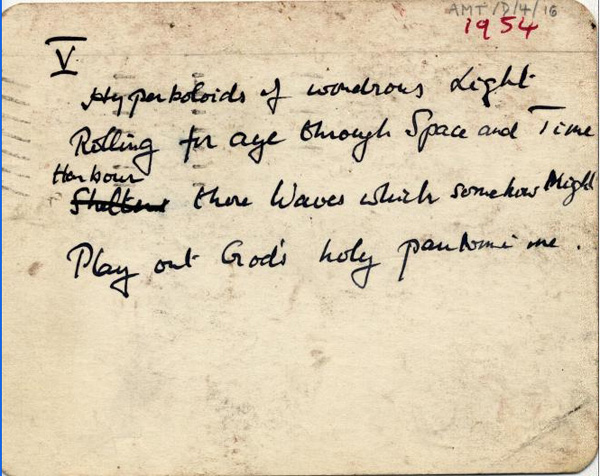
V Hyperboloids of wondrous Light
Rolling for aye through Space and Time
[Shelter] Harbour there Waves which somehow Might
Play out God’s holy pantomime.
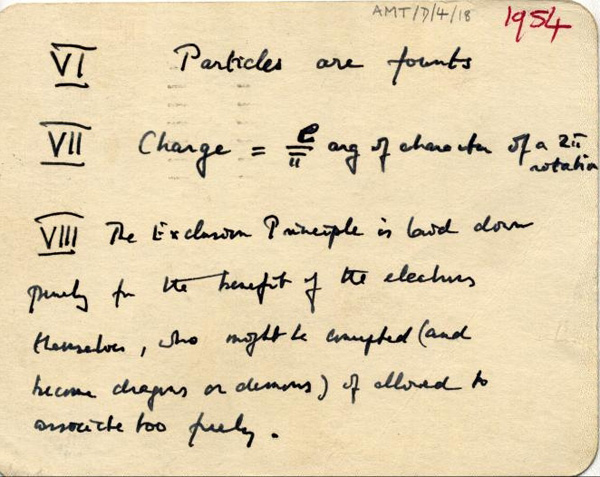
VI Particles are founts
VII Charge = e / π arg of character of a 2π rotation
VIII The Exclusion Principle is laid down purely for the benefit of the electrons themselves, who might be corrupted (and become dragons or demons) if allowed to associate too freely.

This is all pure gold, to my way of thinking.
In what might have been an even later letter to Robin Gandy (at the same link), Turing writes out some calculus formulae and says, “Can do the rainbow problem successfully for sound, but total failure for electricity.”
Hmmm.
Turing in a letter about his trial. “Whilst in custody with the other criminals I had a very agreeable sense of irresponsibility, rather like being back at school.”
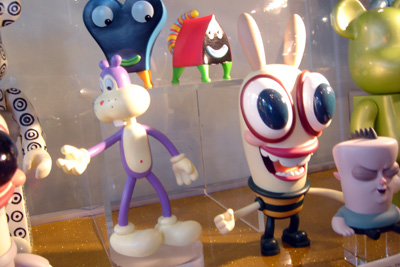
Having written this post, I now discover Andrew Hodges, Alan Turing: The Enigma on my bookcase beside my desk, and read the long last chapter. Herewith some more notes.
Turing was lonely and conscious of his self-consciousness. Once, when in a pub with a friend, a boring logician appeared through one doorway, and Turing disappeared through another. As a boy, his favorite parts of the book Pilgrim’s Progress were Doubting Castle and Giant Despair. Mathematics has always protected him from the world.
He had a Norwegian boyfriend called Kjell; possibly the authorities somehow stymied Kjell from visiting him. His estrogen treatment ended in April 1953. He never abandoned his homosexuality.

“Went down to Sherborne to lecture to some boys on computers. Really quite a treat in many ways. They were so luscious, and so well mannered, with a little dash of pertness, and Sherborne itself quite unspoilt.”
In mid-May, 1954, Alan went with the family of his psychiatrist Greenbaum to a kind of boardwalk in Blackpool, and Alan went in to the Gypsy Queen fortune-teller, and came out white as a sheet and said nothing more on the way home to Manchester.
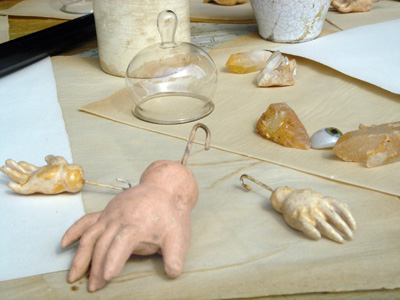
He died in the evening of June 7, 1954, just short of age 42. There was hardly an inquest, and his body was cremated.
Turing’s work on decryption during the war was so secret that it was totally unknown to the public. In a sense, his knowledge was even more highly classified than atomic secrets. There was something of a frenzy about atomic security in the mid 50s, also a worry about the riskiness of homosexuals having access to secret info. Turing’s unpredictability and lack of control would have alarmed the spooks. It’s conceivable that they were privately threatening him with more prosecutions.

Once convicted, Turing would have been unable to visit the United States due to a criminal record of moral turpitude. Hodges calls him an “intellectual beatnik.”
Turing was a soft machine.









May 19th, 2008 at 12:41 pm
[…] que es cierto que la película de Walt Disney, de 1938, fascinó por igual a Gödel y a Turing; que éste se […]
September 13th, 2011 at 4:11 pm
Just coming to the end of Leavitt’s book, which I picked up after reading about it here, and I think you’re too kind – Leavitt seems positively obsessed with Turing’s sexuality, and seems to find evidence of it in everything Turing wrote or said. A few parts of the book are otherwise weak, smacking of groundless speculation about things that the author should either be sure of or omit, and there’s also the odd pointless if correct parenthetical aside e.g. a reference to a particular person being a raging anti-Semite, a fact which has no particular bearing on the surrounding text.
The core of Turing’s life is there, to be sure, but I’m inclined to find a better biography at this point to get the taste of Leavitt’s work out of my mouth.
September 13th, 2011 at 5:51 pm
Waider, I did enjoy Leavitt’s book. But Andrew Hodges, “Turing: The Enigma” is certainly deeper. I put a bunch of the Hodges book in another post:
http://www.rudyrucker.com/blog/2010/09/10/what-was-alan-turing-like/
Hodges writes quite a bit about Alan’s homosexuality as well. My impression is that Turing was never at all reticent about this topic, and that it really was an important part of his emotional makeup—something he liked to bring up or push forward.
You may or may not be aware that I myself just finished writing a novel about Turing, THE TURING CHRONICLES, and it features a love affair between Alan and the beat author William Burroughs! In writing my book, and getting inside Alan’s head, I myself got more and more comfortable with his homosexuality, and it came to seem quite natural to me.
I’m hoping the book can come out in 2012, the “Turing Centennial Year,” but it may take till 2013.
September 13th, 2011 at 11:46 pm
I’m aware of your book – I’ve been an avid follower of this blog since I stumbled across it a few years back. Looking forward to the Turing Chronicles, not least because I’m also interested in Burroughs’ life.
I do get that Turing wasn’t reticent about his sexuality, but there’s a distinct flavour of “forlorn, unhappy, lonely Mr. Turing” to Leavitt’s inferences which, to me, doesn’t sit well with someone who is as comfortable as Turing seems to have been with his orientation. Indeed, Leavitt at one point has Turing drawing a comparison between himself and someone with a disability, which I found particularly irksome as it carries the suggestion that Turing felt somehow less on account of being gay.
But of course at this point I’m drawing inferences from inferences, and Von Neumann is looking over my shoulder and muttering something about infinite regressions…